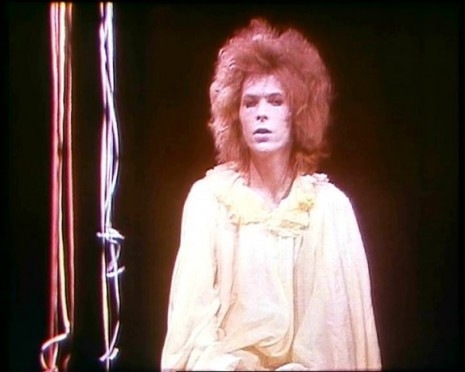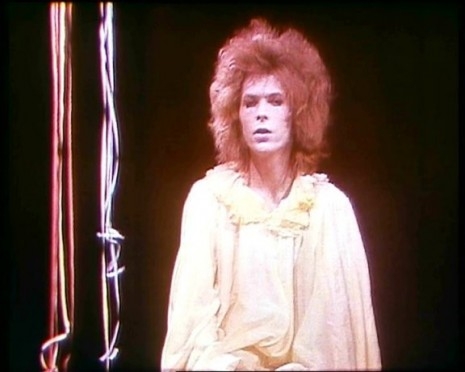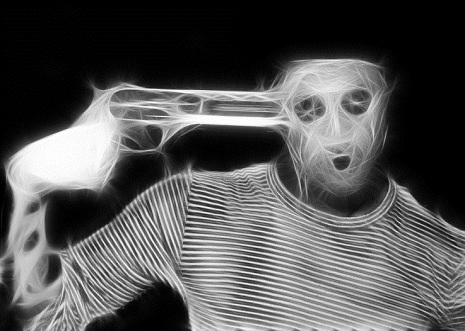
Mummenschanz are one of those artistic movements that frustrate me with their peerlessness; they’re both difficult to describe and woefully under-appreciated outside of artsy circles and/or their native Switzerland. Founded in 1972, The Mummenschanz Mask Theater was the baby of Bernie Schürch, Andres Bossard, and Italian American Floriana Frassetto. Each member had some of level classical training, and together they possessed a collective resume including writing, acrobatics, dance, acting, and mime. Immediately delving into high-concept performances with ingenious abstract props, the group chose “Mummenschanz,” a German word for pantomime as their moniker.
By 1973, Mummenschanz were touring the USA, Canada, and South America. In 1976, they performed on The Muppet Show (you can see one of their segments above), and from 1977 to 1980, performed a three year run on Broadway that clocked in at 1,326 performances. Though the line-up has changed, (Andres Bossard passed in 1992 due to complications from AIDS, and Bernie Schürch gave his last performance in 2012), Mummenschanz has never stopped performing or writing new material. Now they give workshops, open to amateurs, pros, hobbyists, and even children. Describing these workshops, their website enthusiastically declares, “There is movement, there is dance, there is laughter – loads of. There may sometimes be sounds of crying, but they are tears of joy.”
And that is what’s great about Mummenschanz: there is absolutely no trace of pretension in their work or artistic philosophy. They’re just weird, brilliant people doing strange and wonderful things, and they want everyone to enjoy it with them. Below is a 1974 feature on Swiss TV. The beginning shows some of their more elaborate props, and at the end you can see the same clay mask routine from The Muppet Show, but with an entirely different audience reception and tone; it’s like watching a completely separate performance. I dare you not to be impressed.









